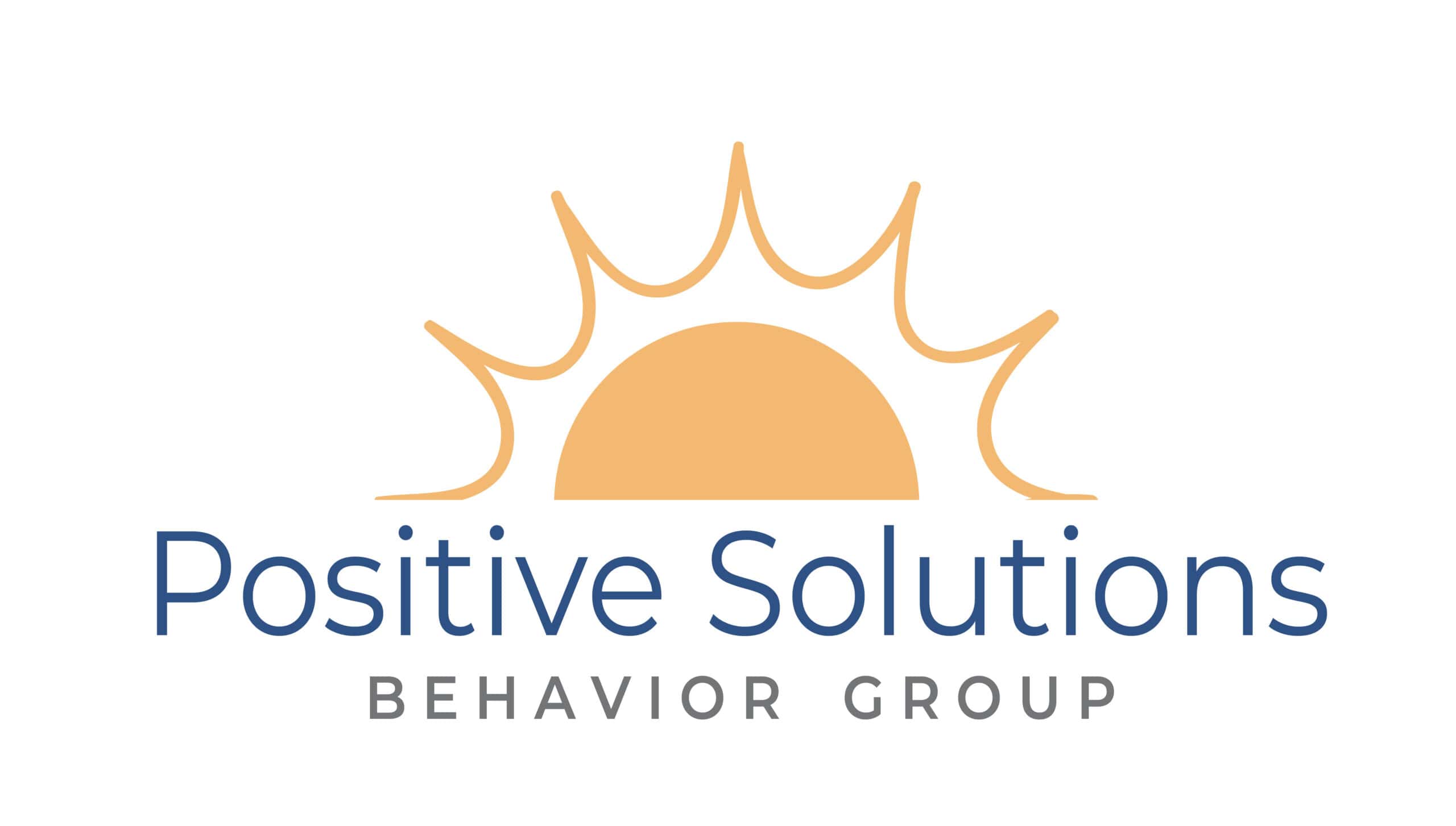Exploring the intricacies of Autism Spectrum Disorder (ASD) unveils a diverse tapestry of experiences, challenges, and strategies. Among the myriad of interventions, Applied Behavior Analysis (ABA) stands out as a prominent approach, particularly concerning social dynamics. ABA, characterized by its systematic application of principles to modify behaviors, has garnered attention for its efficacy in addressing social deficits in individuals with ASD. However, navigating the landscape of ABA’s application to social dynamics within the autistic community is nuanced. It’s a terrain marked by differing perspectives, evolving research, and personal narratives. Understanding its impact requires delving into not just the theoretical framework but also its real-world implications, controversies, and the voices of those directly involved.
The Evolution of ABA in Autism Treatment
Applied Behavior Analysis (ABA) has undergone a significant evolution in its application to autism treatment since its inception. Originating in the 1960s, ABA initially focused on behavior modification techniques derived from experimental psychology. Over time, researchers and clinicians recognized its potential to address the complex social dynamics characteristic of autism spectrum disorder (ASD). Through systematic observation, assessment, and intervention, ABA gradually integrated strategies tailored to enhance social skills among individuals with ASD. This evolution reflects a shift from simplistic behavioral interventions to more comprehensive approaches that consider the unique needs and challenges of autistic individuals within social contexts.
Principles of ABA and Social Skills Acquisition
At the core of Applied Behavior Analysis (ABA) lies a set of fundamental principles guiding its effectiveness in facilitating social skills acquisition among individuals with autism spectrum disorder (ASD). These principles include reinforcement, prompting, shaping, fading, and generalization. By systematically applying these techniques, ABA breaks down complex social behaviors, enabling individuals with autism to learn and generalize social skills effectively.
- Reinforcement: Utilizing rewards and positive reinforcement to encourage desired social behaviors.
- Prompting: Providing cues or guidance to prompt individuals to engage in specific social interactions.
- Shaping: Gradually molding behaviors towards the desired social skill through successive approximations.
- Fading: Gradually reducing prompts or supports as individuals demonstrate proficiency in the targeted social skill.
- Generalization: Ensuring that learned social skills are applied across various contexts and situations.
Understanding and applying these principles in social skills acquisition empowers individuals with autism to navigate social environments and enhances their overall well-being. By embracing the principles of ABA, we can support individuals with autism in developing the essential skills they need to thrive socially and reach their full potential.
Critiques and Controversies Surrounding ABA
Despite its widespread use, Applied Behavior Analysis (ABA) is not without its share of critiques and controversies, particularly concerning its application to treating social dynamics in autism. Critics argue that ABA’s emphasis on behavior modification can be overly regimented and fail to address the underlying social and emotional needs of autistic individuals. Ethical concerns have also been raised regarding the use of aversive techniques and the potential for coercion in ABA interventions. Furthermore, questions persist about the long-term effectiveness of ABA in promoting meaningful social integration and autonomy for individuals with autism, fueling ongoing debates within the autism community and among professionals.
Personal Perspectives: ABA's Impact on Individuals with Autism
Personal perspectives provide valuable insights into the impact of Applied Behavior Analysis (ABA) on individuals with autism spectrum disorder (ASD). Balancing positive outcomes with criticisms, understanding varied experiences is crucial for developing more effective interventions and support for individuals with autism.
- Transformational impact: ABA has empowered individuals with autism to navigate social interactions and relationships confidently.
- Positive outcomes: Gains in communication skills, self-regulation, and independence have been observed among those undergoing ABA interventions.
- Criticisms: Concerns about the rigidity of ABA programs and their potential to induce stress or anxiety have been raised by some individuals and advocates.
- Respect for individual preferences: Critics highlight the importance of respecting individual preferences and autonomy within ABA practice.
- Varied experiences: Recognizing the diversity of experiences is crucial in understanding the nuanced impact of ABA on individuals with autism.
Personal perspectives shed light on both the successes and challenges of ABA interventions in supporting individuals with autism. By considering these diverse viewpoints, we can strive to develop more inclusive and effective approaches to intervention and support.
Parental and Therapist Perspectives on ABA
The perspectives of parents and therapists play a crucial role in shaping the discourse surrounding Applied Behavior Analysis (ABA) and its application to social dynamics in autism. Many parents view ABA as a valuable tool for supporting their child’s social development, praising its structured approach and measurable outcomes. Therapists, too, often advocate for ABA based on its evidence-based techniques and potential for individualized intervention. However, concerns about the intensity and cost of ABA programs, as well as ethical considerations regarding autonomy and consent, prompt critical reflection among parents and therapists alike. Striking a balance between efficacy, ethics, and individual preferences remains a complex challenge in ABA practice.
Alternatives and Complementary Approaches to ABA
While Applied Behavior Analysis (ABA) remains a prominent intervention for addressing social dynamics in autism, alternative and complementary approaches offer additional avenues for supporting individuals with ASD. These approaches encompass a wide range of therapeutic modalities, including social skills training, cognitive-behavioral therapy, and sensory integration therapy, among others. Unlike ABA, which focuses primarily on behavior modification, these interventions often target underlying cognitive and emotional processes associated with social functioning. Some individuals may benefit from a combination of ABA and alternative therapies, allowing for a more holistic and personalized approach to social skills development.
Future Directions: Advancements in ABA for Social Dynamics
Future Directions: Advancements in ABA for Social Dynamics promise to revolutionize interventions for individuals on the autism spectrum. As research and technology progress, new opportunities emerge to enhance social skills and quality of life. Collaboration between researchers, therapists, and individuals with autism will be vital in shaping the future landscape of ABA for social dynamics.
- Technology-Assisted Interventions: Utilizing software and apps to provide interactive and engaging social skills training.
- Virtual Reality-Based Programs: Creating immersive environments to simulate real-life social interactions and scenarios.
- Personalized Intervention Plans: Tailoring ABA programs to meet the specific needs and preferences of each individual.
- Incorporating Self-Determination: Empowering individuals with autism to take an active role in their own intervention plans and goal setting.
- Interdisciplinary Collaboration: Fostering partnerships between ABA practitioners, educators, psychologists, and researchers to innovate and refine interventions.
The future of ABA for social dynamics holds exciting possibilities for improving outcomes and fostering greater independence and social integration for individuals with autism. By embracing advancements in technology, personalized approaches, and collaborative efforts, we can continue to enhance the effectiveness and accessibility of ABA interventions in the years to come.
Conclusion
The journey through the evolution, principles, critiques, and alternative approaches surrounding Applied Behavior Analysis (ABA) in addressing social dynamics within autism has been enlightening. It underscores the complexity and diversity of experiences within the autism community, highlighting the importance of individualized, holistic approaches to intervention. As we navigate the future of ABA, it’s essential to remain open to advancements, alternative therapies, and ethical considerations. Whether you’re a parent seeking support for your child or a therapist exploring interventions, consider the diverse perspectives and possibilities. Together, we can strive towards enhancing the social dynamics and quality of life for individuals on the autism spectrum. If you’re seeking support or guidance, consider reaching out to Positive Solutions Behavior Group LLC at 1130 Boone Aire Road Florence, KY 41042, or call 859-282-0400. Let’s continue this journey towards understanding and supporting individuals with autism.






